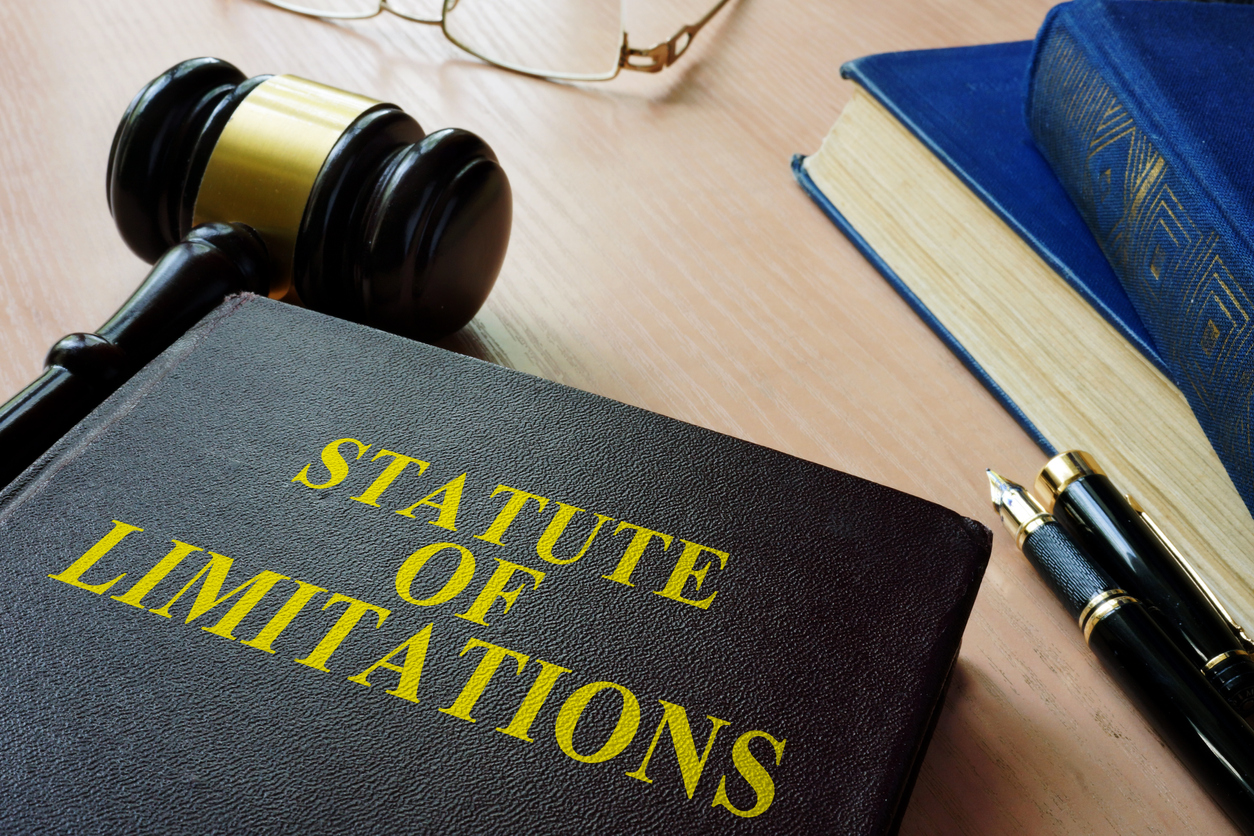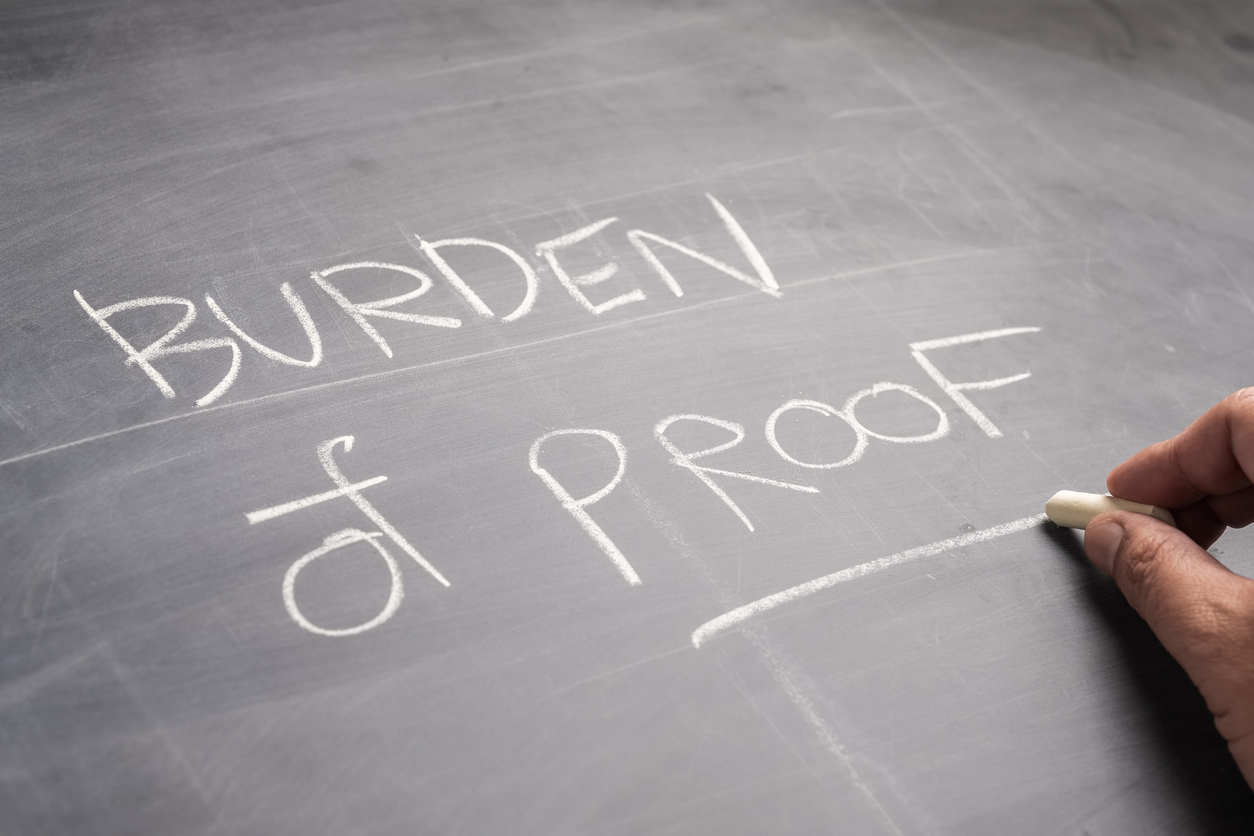Recently the New York Statute of Limitations has become a heated topic of litigation. Governor Cuomo issued Executive Orders tolling the Statute of Limitations, but the question has become, what is the effect of those orders? The Statute of Limitations in New York is generally six years,1 however, this can be altered by contract. Many Insurance Policies shorten this six-year period to only twelve months.
Governor Cuomo enacted Executive Order 202.67 which tolled the statute of limitations as follows:
The suspension for civil cases in Executive Order 202.8, as modified and extended in subsequent Executive Orders, that tolled any specific time limit for the commencement, filing, or service of any legal action, notice, motion, or other process or proceeding as prescribed by the procedural laws of the state, including but not limited to the family court act, the civil practice law and rules, the court of claims act, the surrogate’s court procedure act, and the uniform court acts, or by any statute, local law, ordinance, order, rule, or regulation, or part thereof, is hereby no longer in effect as of November 4, 2020. . .
There are two possible effects of this order. Should the tolling be a true tolling period then the statute of limitations is effective extended by the amount of time it was tolled for. If the effect of the order is a grace period, then the time plaintiffs have to file their actions is extended to the end of the grace period but not further.
Recently a federal court has interpreted the governor’s current orders to be a true tolling period, extending plaintiff’s time to file suit.2 Another federal court refused to answer the question noting that the decision should be left to the state courts.3 Further a state court noted that there are two possible interpretations of the governor’s orders but did not need to decide between the two as plaintiff’s filings were timely in either interpretation.4
However, historically courts interpreted the previous executive orders in connection with September 11th and Hurricane Sandy as “grace periods” rather than “blanket tolls.” In Scheja v. Sosa, for instance, the Second Department held that the post-September 11th executive orders provided plaintiffs “whose statute of limitations period expired between September 11, 2001 and November 8, 2001 . . . a grace period of up until November 8, 2001, to satisfy the statute.”5 The court rejected the argument that the executive order applied to litigants with limitations periods expiring outside of that narrow range, such as the plaintiff, who was required to commence his action by February 2002, well after the November 8, 2001, lifting of the temporary suspension, but filed in March 2002. Likewise, following Hurricane Sandy, courts interpreted Governor Cuomo’s executive order as suspending, rather than tolling the statutes of limitations.6
In support of finding Governor Cuomo’s current orders to be an actual toll rather than a grace period, the language of the COVID orders specifically used the word toll. Previous orders, post 911 and Hurricane Sandy, used the word suspend. There are legally significant differences between the words “suspend” and “toll”.7 Governor Cuomo’s change in words appears to be deliberate and intentional.
In conclusion there are two reasonable interpretations of Governor Cuomo’s orders, either an actual tolling, or a mere suspension/grace period. It is paramount that plaintiff attorney’s do not risk it, and get their cases filed well within the statute of limitations.
_________________________________
1 NY CPLR 213(2).
2 Foy v. State, No. 135085, 2021 WL 866035 (N.Y. Ct. Cl. Feb. 16, 2021).
3 Lopez-Motherway v. City of Long Beach, No. 2:20-CV-5652 (BMC), 2021 WL 965158, at *9 (E.D.N.Y. Mar. 15, 2021).
4 Morse v. Lovelive TV US, Inc., 69 Misc. 3d 1224(A), 135 N.Y.S.3d 629 (N.Y. Sup. Ct. 2020).
5 Scheja v. Sosa, 4 A.D.3d 410, 411-412 (2d Dep’t. 2004).
6 See Williams v. MTA Bus Co., 44 Misc. 3d 673, 684-85 (Sup. Ct., N.Y. Cty. 2014) (holding that the temporary suspension from October 26, 2012 through December 25, 2012 did not apply to an action with a limitations period expiring in August 2013).
7 See EO 52 (October 26, 2012).




